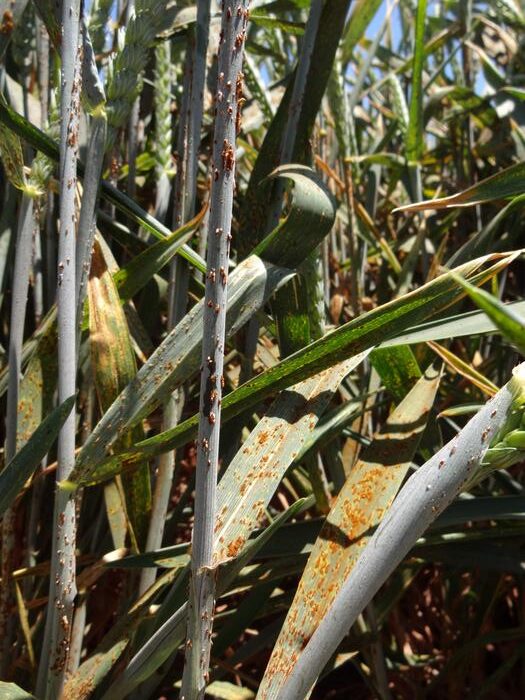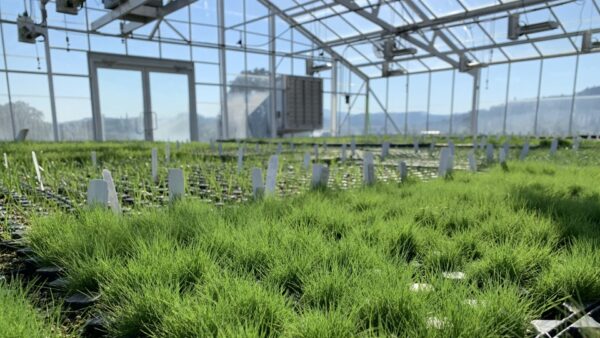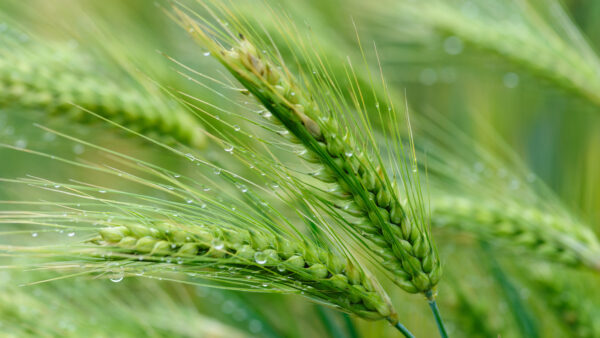A new study published in Science by a team of scientists from five continents, led by KAUST Associate Professor Brande Wulff, reveals a previously unknown molecular event that triggers the immune response to a major wheat disease. The discovery offers new strategies for engineering wheat with enhanced immunity against infection.
Wheat is a vital food staple for billions of people and a primary source of animal feed, making it one of the world’s most important commodities. This significance means that a wheat pandemic could be even more devastating than a human pandemic, according to a press release.
“Climate change is causing diseases to appear in places previously unseen. We need more study of plant immunity to develop technologies that will protect valuable food crops,” said Wulff.
Plants, unlike animals, have immune systems that function differently. While vertebrates, including humans, rely on blood cells to fight pathogens, plants lack a circulatory system. Instead, they have evolved a distinct yet equally effective immune response. The key challenge is understanding the specific molecular reactions that enable plants to combat and survive pathogen invasion.
The study reveals the first molecular events within plant cells triggered by stem rust, a fungus that causes brown pustules on the stems and leaves of infected wheat plants. Known as the “polio of wheat,” stem rust has historically caused numerous famines. Although modern farming has produced wheat varieties resistant to the disease, unexpected outbreaks can still devastate entire harvests.
The immune response begins when stem rust interacts with a specific protein called “tandem kinases.” Kinases are universal molecules in both plant and human immunology, playing roles in glucose uptake, blood vessel formation, and neural development, among other functions. Tandem kinases are named for their physical linkage and are key to plant immunity.
While their role in stem rust immunity was expected, the study uncovers the initial molecular reactions tandem kinases undergo to trigger the immune response. This response ultimately leads to cell death, preventing the pathogen from obtaining nutrients and halting its spread. Without these nutrients, the pathogen cannot infect other cells and dies along with its host.
In the absence of a pathogen, the tandem kinases remain bound together, essentially “handcuffed” and inactive. When the pathogen binds to one of the kinases, it unlocks the other, activating the immune response. This previously unobserved mechanism offers valuable insights into engineering wheat with stronger disease resistance.
Given the evolutionary conservation of this immune mechanism across cereals and against other pathogens, the study provides a foundation for enhancing cereal crops’ resistance to a variety of diseases.
“A majority of countries see wheat as critical to their food policy and food security. The more we understand how wheat reacts to pathogens the more we can sustainably secure the food supply for the world’s growing population,” said Wulff.
Wheat’s ease of cultivation, storage, processing, and its high nutritional value have made it the world’s most produced and traded crop. Over the past decade, more than 750 million tons have been grown annually, while rice, another key food staple, has barely surpassed 500 million tons during the same period.
Wulff also serves as co-chair of the Center of Excellence for Sustainable Food Security, which is focused on scientific research aimed at improving sustainable food production, particularly in arid regions.













